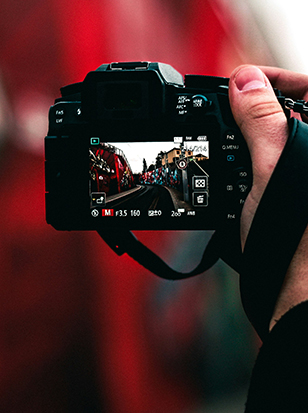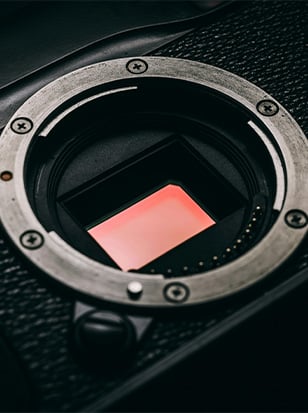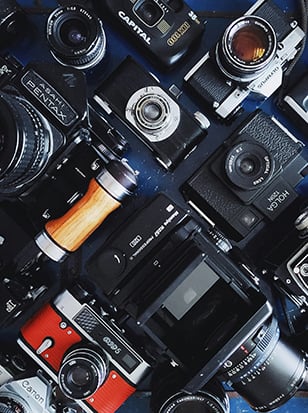
It’s here. It’s finally here. And I, for one, am buzzing.
Few names in photography carry as much of a following as the Ricoh GR. This is a camera series that is cherished by street photographers and travellers for its compact, lightweight and pocketable design, not to mention the quality of the images it pumps out. It’s always been about doing more with less.
And now, we have the Ricoh GR IV. This series is about careful and deliberate refinement, and with the changes Ricoh has made, it has honed this iteration to, dare I say it, perfection? We’re talking a newly designed lens, a new sensor, and an all-new imaging engine… the list goes on.
Order yours here!
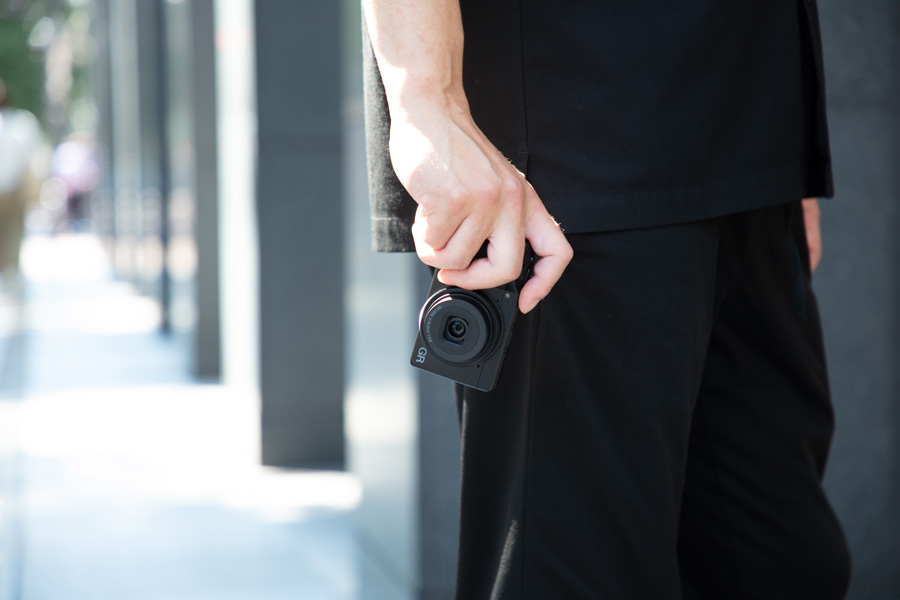
Image Credit: Ricoh
What’s new then?
Starting with the lens redesign. The GR IV will has a redesigned version of the 18.3mm f2.8 lens (equivalent to 28mm in full-frame terms). You might wonder why they haven’t opted for a different focal length, but this focal range is one of the reasons the GR III was and still is loved by street photographers (although, I’m wondering: will there be a IVx version with the 40mm equivalent?).
This version has a new optical formula with seven elements in five groups, including three aspherical elements, designed to reduce distortion and edge softness for crisp, high-contrast results even wide open. It’s worth mentioning that another reason everyone loves the GR III/IIIx is how sharp its lens is. They could probably have kept the same lens, and we’d have been satisfied; however, this new design promises sharper, more detailed images, which I am all for.
The new 25.74MP CMOS sensor offers more resolution (not a huge amount more, but still more), which improves on dynamic range and low-light performance.
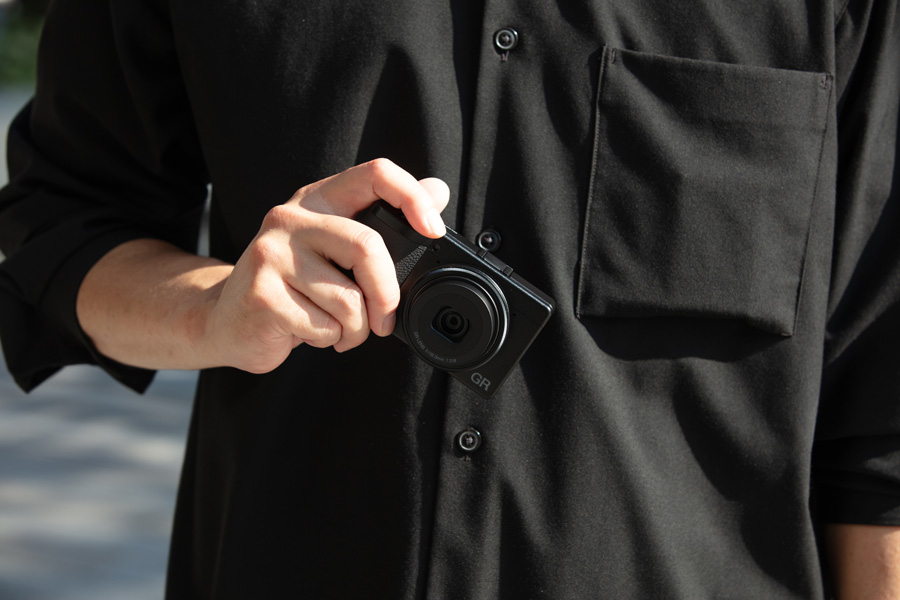
Image Credit: Ricoh
This is accompanied by an upgraded GR ENGINE 7 imaging processor that should drastically enhance image resolution power, producing even higher quality images with rich colour gradients. In fact, this new engine and sensor have allowed the maximum ISO range to be increased to 204800! Combine that with its upgraded 5-axis sensor-shift shake reduction, and the GR IV should produce even better, low-noise images in low light, especially while shooting handheld. In a previous post, I joked about how no one shoots at ISO 204800, but the jump to this new maximum is impressive, and I will find a reason to shoot at that ISO.
The GR III used to start up at a sluggish 0.8 seconds. I suppose that was good-ish. But with the GR IV’s newly designed lens barrel and start-up sequence, we’re going to see start-up times of 0.6 seconds! Speaking of speed, the camera’s high-speed lens mechanism and sensor speeds result in super-fast autofocus speeds and precision, which is perfect for those spontaneous moments.
This iteration features Ricoh’s AA Filter Simulator, which helps reduce moiré without the need for a physical anti-aliasing filter, as well as ultrasonic vibration-based dust removal to keep your sensor clean on the go. It continues to support 14-bit RAW (DNG) shooting alongside JPEGs, giving you full control over the edit.
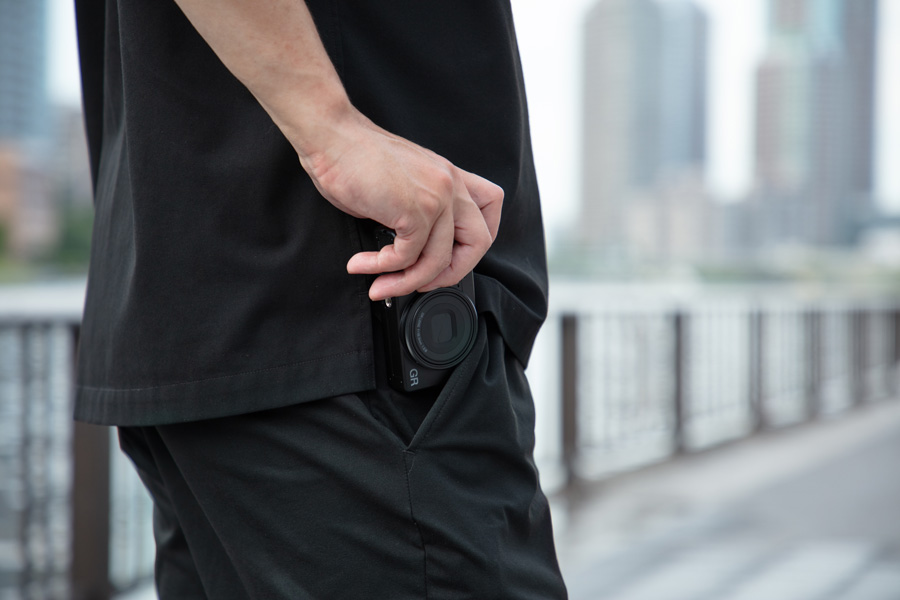
Image Credit: Ricoh
Physically, it’s pretty similar, but there are some subtle changes that have been carefully thought out. It’s slightly slimmer, the thumb grip is now contoured, and the button layout has been redesigned, including changes to the placement of the mode adjustment lever. All of these changes are designed to improve your grip while out shooting. I'm extremely excited to get my hands on it.
How does it compare?
| Feature | Ricoh GR III | Ricoh GR IV |
|---|---|---|
| Lens | 18.3 mm (≈28 mm equiv.), f2.8–f16; 6 elements in 4 groups (2 aspherical); built-in 2-stop ND filter; macro close-focus to 6 cm | 18.3 mm (≈28 mm equiv.), f2.8–f16; 7 elements in 5 groups (3 aspherical) |
| Sensor & Resolution | APS-C CMOS (23.5 × 15.6 mm), approx. 24.24 MP | APS-C CMOS (23.3 × 15.5 mm), approx. 25.74 MP |
| Image Processor | GR Engine 6 | GR Engine 7 |
| ISO Sensitivity | ISO 100–102,400 | ISO 100–204,800; Auto with adjustable limits, or Manual |
| Image Stabilisation | 3-axis sensor-shift SR | 5-axis sensor-shift SR |
| AA-Filter Simulator / Dust Removal | AA-filter simulation via SR unit; ultrasonic dust removal (DR II) | AA-filter simulation via SR unit; ultrasonic dust removal (DR II) |
| File Formats | RAW (DNG 14-bit), JPEG; Full HD 1080p video | RAW (DNG 14-bit), JPEG; Full HD 1080p video up to 60p/30p/24p |
| Storage | 2 GB internal memory; SD/SDHC/SDXC (UHS-I) | 53 GB internal memory; microSD/microSDHC/microSDXC (UHS-I) |
| Autofocus System | Hybrid AF (phase + contrast); multiple modes including Snap Focus; Full-press Snap | Hybrid AF with expanded modes (Auto-area, Zone, Select, Pinpoint, Tracking, Continuous, MF); Snap Focus and Full-press Snap |
| Exposure & Metering | PASM; exposure compensation ±5 EV; ND filter; metering: multi-segment, centre-weighted, spot, highlight-weighted | Same as GR III |
| LCD Screen | 3.0-inch, ~1,037 k-dot; capacitive touch | 3.0-inch TFT LCD (3:2), ~1,037 k-dot; capacitive touch; air-gapless tempered glass |
| Wireless & Interfaces | Wi-Fi, Bluetooth 4.2 LE, USB-C (data/charge/DisplayPort), hotshoe | Wi-Fi (2.4/5.2/5.8 GHz), USB-C (MTP, DisplayPort alt mode), hotshoe, lens-adapter pin |
| Body & Ergonomics | Approx. 109 × 62 × 33 mm; ~257 g with battery & card | Approx. 109.4 × 61.1 × 32.7 mm; ~262 g with battery & card |
| Battery and Accessories | DB-110 rechargeable battery; approx. 200 shots per charge | Rechargeable Battery DB-120; approx. 250 shots per charge |
| Added Features | Built-in ND filter; Snap Focus; film simulations | Expanded focus modes; larger internal storage; higher ISO ceiling; 5-axis stabilisation; enhanced wireless options |
| Boot-up Speed | 0.8 seconds | 0.6 seconds |
Ricoh GR III: 18.3 mm (≈28 mm equiv.), f2.8–f16; 6 elements in 4 groups (2 aspherical); built-in 2-stop ND filter; macro close-focus to 6 cm
Ricoh GR IV: 18.3 mm (≈28 mm equiv.), f2.8–f16; 7 elements in 5 groups (3 aspherical)
Ricoh GR III: APS-C CMOS (23.5 × 15.6 mm), approx. 24.24 MP
Ricoh GR IV: APS-C CMOS (23.3 × 15.5 mm), approx. 25.74 MP
Ricoh GR III: GR Engine 6
Ricoh GR IV: GR Engine 7
Ricoh GR III: ISO 100–102,400
Ricoh GR IV: ISO 100–204,800; Auto with adjustable limits, or Manual
Ricoh GR III: 3-axis sensor-shift SR
Ricoh GR IV: 5-axis sensor-shift SR
Ricoh GR III: AA-filter simulation via SR unit; ultrasonic dust removal (DR II)
Ricoh GR IV: AA-filter simulation via SR unit; ultrasonic dust removal (DR II)
Ricoh GR III: RAW (DNG 14-bit), JPEG; Full HD 1080p video
Ricoh GR IV: RAW (DNG 14-bit), JPEG; Full HD 1080p video up to 60p/30p/24p
Ricoh GR III: 2 GB internal memory; SD/SDHC/SDXC (UHS-I)
Ricoh GR IV: 53 GB internal memory; microSD/microSDHC/microSDXC (UHS-I)
Ricoh GR III: Hybrid AF (phase + contrast); multiple modes including Snap Focus; Full-press Snap
Ricoh GR IV: Hybrid AF with expanded modes (Auto-area, Zone, Select, Pinpoint, Tracking, Continuous, MF); Snap Focus and Full-press Snap
Ricoh GR III: PASM; exposure compensation ±5 EV; ND filter; metering: multi-segment, centre-weighted, spot, highlight-weighted
Ricoh GR IV: Same as GR III
Ricoh GR III: 3.0-inch, ~1,037 k-dot; capacitive touch
Ricoh GR IV: 3.0-inch TFT LCD (3:2), ~1,037 k-dot; capacitive touch; air-gapless tempered glass
Ricoh GR III: Wi-Fi, Bluetooth 4.2 LE, USB-C (data/charge/DisplayPort), hotshoe
Ricoh GR IV: Wi-Fi (2.4/5.2/5.8 GHz), USB-C (MTP, DisplayPort alt mode), hotshoe, lens-adapter pin
Ricoh GR III: Approx. 109 × 62 × 33 mm; ~257 g with battery & card
Ricoh GR IV: Approx. 109.4 × 61.1 × 32.7 mm; ~262 g with battery & card
Ricoh GR III: DB-110 rechargeable battery; approx. 200 shots per charge
Ricoh GR IV: Rechargeable Battery DB-120; approx. 250 shots per charge
Ricoh GR III: Built-in ND filter; Snap Focus; film simulations
Ricoh GR IV: Expanded focus modes; larger internal storage; higher ISO ceiling; 5-axis stabilisation; enhanced wireless options
Ricoh GR III: 0.8 seconds
Ricoh GR IV: 0.6 seconds
Beyond the specs
Beyond these new specs, we will also get access to the new GR WORLD app. This gives you remote control, sharing, image management, and it’s compatible with other GR models (GR II and up). This is a nice addition, and it shows that Ricoh understands how people use their current offerings, i.e. sharing images on the fly.
There’s also an HDF variant on the way. The GR IV with a Highlight Diffusion Filter (HDF) will give a soft, filmic glow to highlights straight out of camera, giving us even more flexibility without needing post-production. That’ll come later than this launch, though. My question (again): will there be an IVx version with the 40mm equivalent?
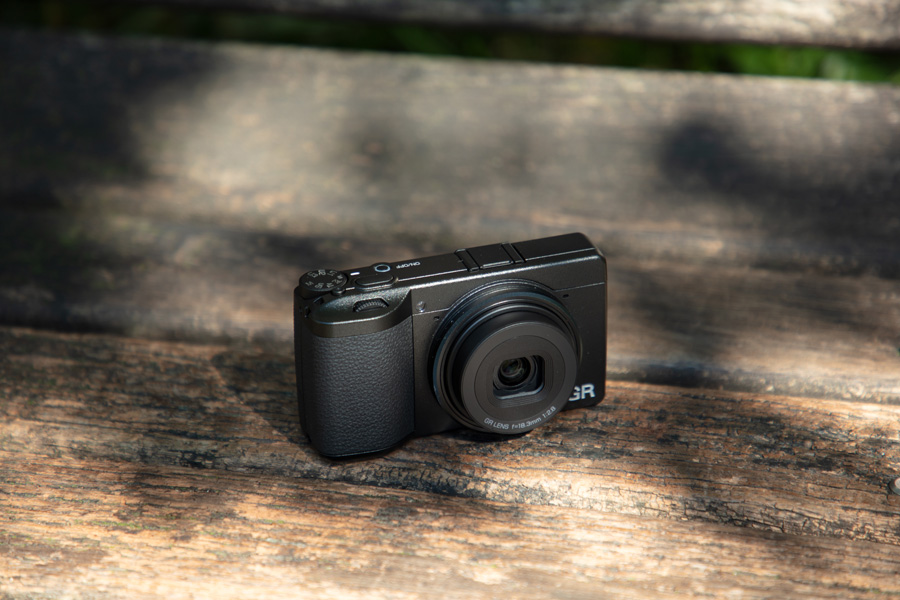
Image Credit: Ricoh
About the Author
Leo White has been part of the Wex Photo Video team since 2018, taking on roles from the contact centre to the product setup team. Holding both a BA and an MA in photography, Leo brings a wealth of expertise he’s always ready to share.
The Wex Blog
Sign up for our newsletter today!
- Subscribe for exclusive discounts and special offers
- Receive our monthly content roundups
- Get the latest news and know-how from our experts




